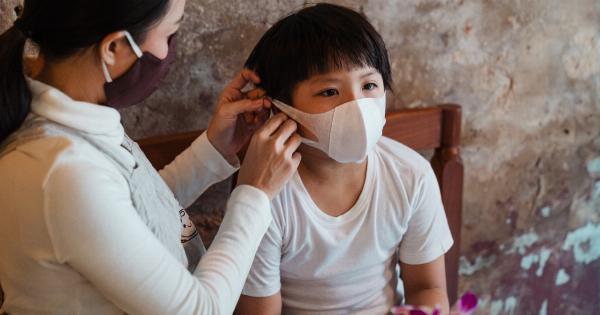Koxaki virus, also known as Coxsackievirus, is a type of virus that belongs to the enterovirus family. Its symptoms are similar to flu-like symptoms, making it difficult to diagnose accurately.
The virus mainly affects children, but adults can also catch it. There are various approaches to diagnosing and treating Koxaki virus, and in this article, we will explore them.
Symptoms of Koxaki Virus
The symptoms of Koxaki virus appear two to three days after the virus enters the body. The symptoms include:.
- Fever
- Sore throat
- Headache
- Nausea
- Vomiting
- Fatigue
- Painful sores on hands, feet, and mouth
In many cases, Koxaki virus resolves on its own, without the need for medical treatment. However, in certain cases, the symptoms can be severe, and medical intervention may be necessary.
Diagnosis of Koxaki Virus
Diagnosing Koxaki virus can be challenging as the symptoms mimic those of other illnesses.
The diagnosis usually involves a physical examination and a review of medical history to determine whether the patient has been in contact with someone who has been exposed to the virus. More specific tests, such as a throat swab or a blood test, may also be conducted to confirm the diagnosis.
Treatment for Koxaki Virus
The treatment for Koxaki virus focuses on relieving symptoms. Some of the approaches used to treat Koxaki virus include:.
- Rest: Patients with Koxaki virus are advised to rest and get adequate sleep to help the body fight the infection.
- Pain alleviation: Over-the-counter pain medication can be taken to reduce fever and alleviate pain caused by the virus.
- Hydration: It is essential for patients with Koxaki virus to stay hydrated. Drinking fluids can help ease a sore throat and reduce fever.
- Antibiotics: Antibiotics cannot cure a viral infection like Koxaki virus, but they may be prescribed if the patient develops a bacterial infection.
Preventing Koxaki Virus
Preventing Koxaki virus involves practicing good hygiene and avoiding contact with infected individuals. Here are some tips to prevent the spread and contraction of Koxaki virus:.
- Washing hands regularly with soap and water, especially after using the toilet or changing diapers.
- Covering mouth and nose when coughing or sneezing.
- Avoiding kissing with infected individuals.
- Avoiding sharing utensils or cups with those who are infected.
- Cleaning and disinfecting surfaces and objects that come into contact with infected individuals.
When to Seek Medical Help
Most cases of Koxaki virus resolve on their own without the need for medical intervention. However, if symptoms are severe or persist for an extended period, medical help should be sought.
Seeking medical attention is critical if the patient experiences the following:.
- Difficulty breathing
- Chest pain
- Weakness or numbness in limbs
- Fainting or dizziness
- Blue tint on lips or face
These symptoms may indicate a more severe illness and require immediate attention.
The Bottom Line
Although Koxaki virus is not life-threatening, it can cause discomfort and inconvenience. It is essential to practice good hygiene and take precautions to prevent the spread of the virus.
If you suspect you or your child has contracted Koxaki virus, seek medical help if symptoms persist or worsen. With the right approach to diagnosis and treatment, Koxaki virus can be managed and resolved.






























